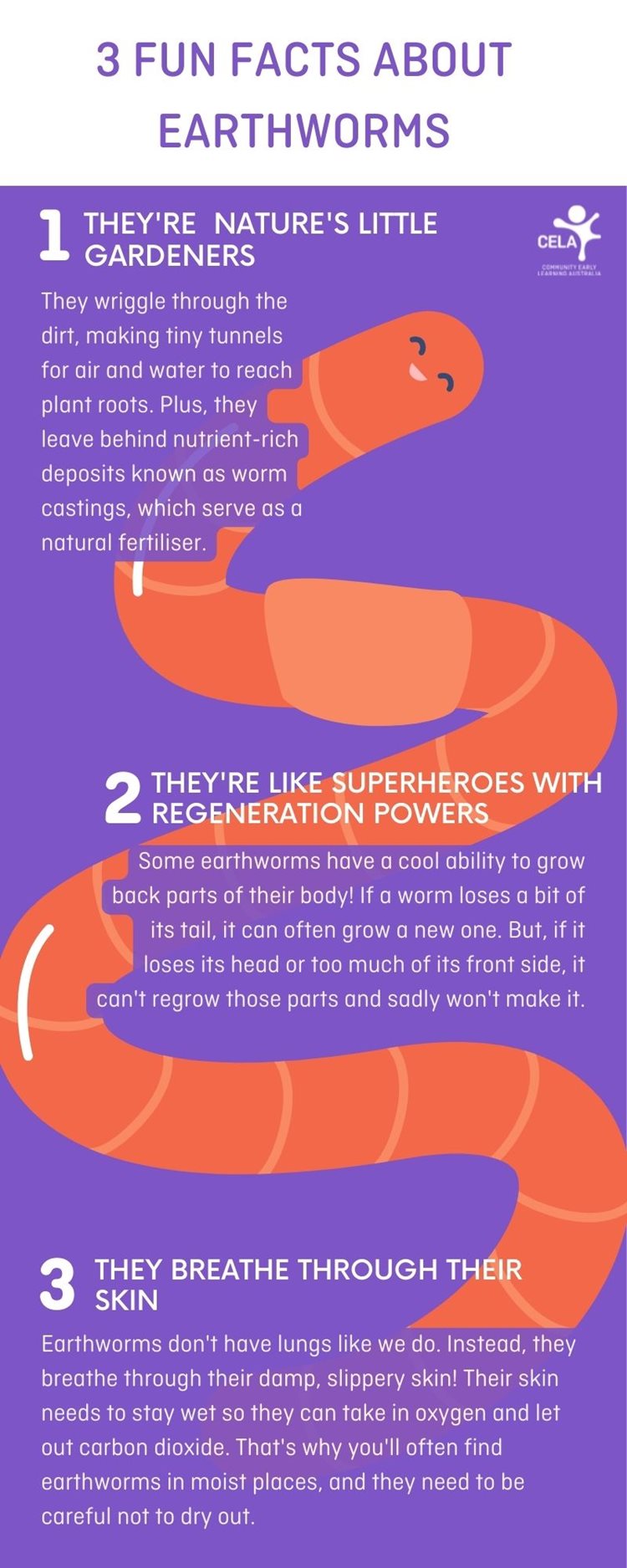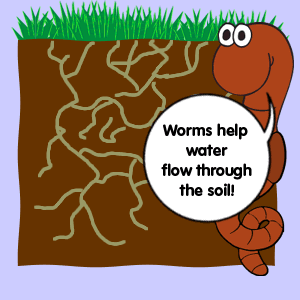Fascination About North Carolina Worms
Fascination About North Carolina Worms
Blog Article
See This Report on North Carolina Worms
Table of ContentsThe Single Strategy To Use For North Carolina WormsThe Single Strategy To Use For North Carolina WormsGet This Report on North Carolina WormsThe 5-Minute Rule for North Carolina Worms
Instance: 1-gallon of worm spreadings to 4 gallons of potting mix. 1/2 cup in the base of the growing hole for smaller sized plants. 1 mug for larger plants.
The addition of tea can additionally include raised microbial biomass to your dirt. You can always side-dress your plants with worm spreadings at any moment. Just keep in mind, the microorganisms will certainly pass away if exposed to UV rays (Sunlight), so make sure to cover the castings with an inch or so of dirt.
This baffled them for several years up until the testing approaches came to be better. They located that plant development and health showed a Bell Curve. It would certainly improve(with even more castings), degree off, and afterwards decline. They were perplexed. They lastly found that excess plant-growth hormones were the culprit. A lot of worm spreadings would increase the development to a pace that the plant can not recoup from.
North Carolina Worms Things To Know Before You Buy
I have expounded the virtues of worm spreadings for about 2000 words. Worm castings are no different. It takes time to produce quality worm castings.
Worm castings certainly set you back more than chemical fertilizers. Worm castings are on the less costly end of organic plant foods. (50 gallons per year) It is a much tougher and really costly investment to generate big amounts of worm spreadings.

Developing a healthy dirt may be the best benefit of worm spreadings. We went over worm spreadings NPK and likewise the proper nutrient analysis that should use to worm spreadings.
Unknown Facts About North Carolina Worms
We talked about some of the downsides connected with worm spreadings. I covered a whole lot of product in this write-up.
The vertical burrows are normally open, although the worms cover the leading with deposit and waste matter. The upright burrows are extremely crucial factors of entrance for quick water infiltration into the soil, especially in no-till systems. Air-filled porosity is critical in helping plant roots to thrive. Roots need oxygen for their development, whereas they produce carbon dioxide that needs to leave the soil.
Earthworms increase porosity by two mechanisms: (1) by creating permanent burrows, and (2) by enhancing soil gathering. Gathering is improved by the blending of soil and raw material in the earthworms' digestive tracts. Lake Hickory Bait. These very steady aggregates are transferred by some earthworms in their burrows, and by others at the surface area of the soil


In another study, earthworms were estimated to take in 4 to 10 percent of the top 6 inches of the soil yearly. Soil compaction decreases the porosity of the soil.
The 5-Second Trick For North Carolina Worms
Regular earthworm populaces can conveniently take in 2 tons of completely dry issue per acre annually, partially absorbing and blending it with dirt. The relevance of earthworms to blend surface area deposit with dirt comes to be very clear in soils that do not have any earthworms. Most of our Pennsylvania dirts contend least some earthworms, and the impact of their full absence, therefore, can not be kept in mind.
(https://alivelinks.org/North-Carolina-Worms_459657.html)In these dirts, the development of topsoil with practical organic matter web content did not happen, resulting in poor plant development. As soon as the reason was developed, the federal government of the Netherlands began a campaign to introduce earthworms. After the introduction of the earthworms, a dark topsoil layer was formed, and crop growth increased substantially.
They live mainly from partially broken down organic matter that is already included in the dirt. They consume their means via the soil, creating horizontal burrows that they loaded with their excrement. These types consume big quantities of dirt that they blend with absorbed crop deposit in their digestive tracts. or anecic species stay in long-term upright burrows that can be 5 or 6 feet deep.
Their burrows continue to be open, although they cover the top with plant deposit that they draw to the entrance. These species ingest substantial quantities of dirt that they combine with digested residue in their guts. Their waste matter is mostly deposited at the surface of the dirt. The nightcrawler Lumbricus terrestris is one of the most famous member of this team.
Report this page